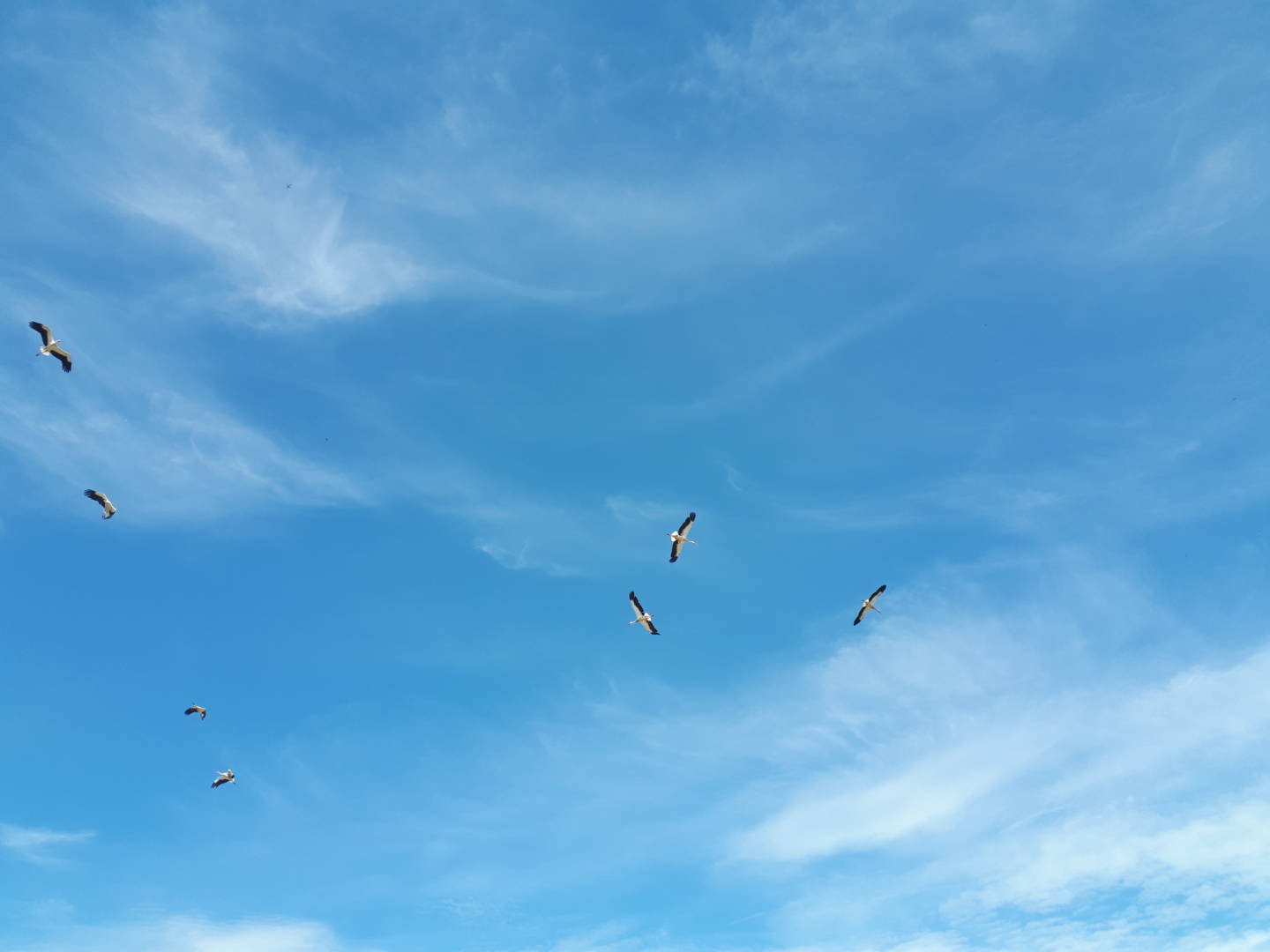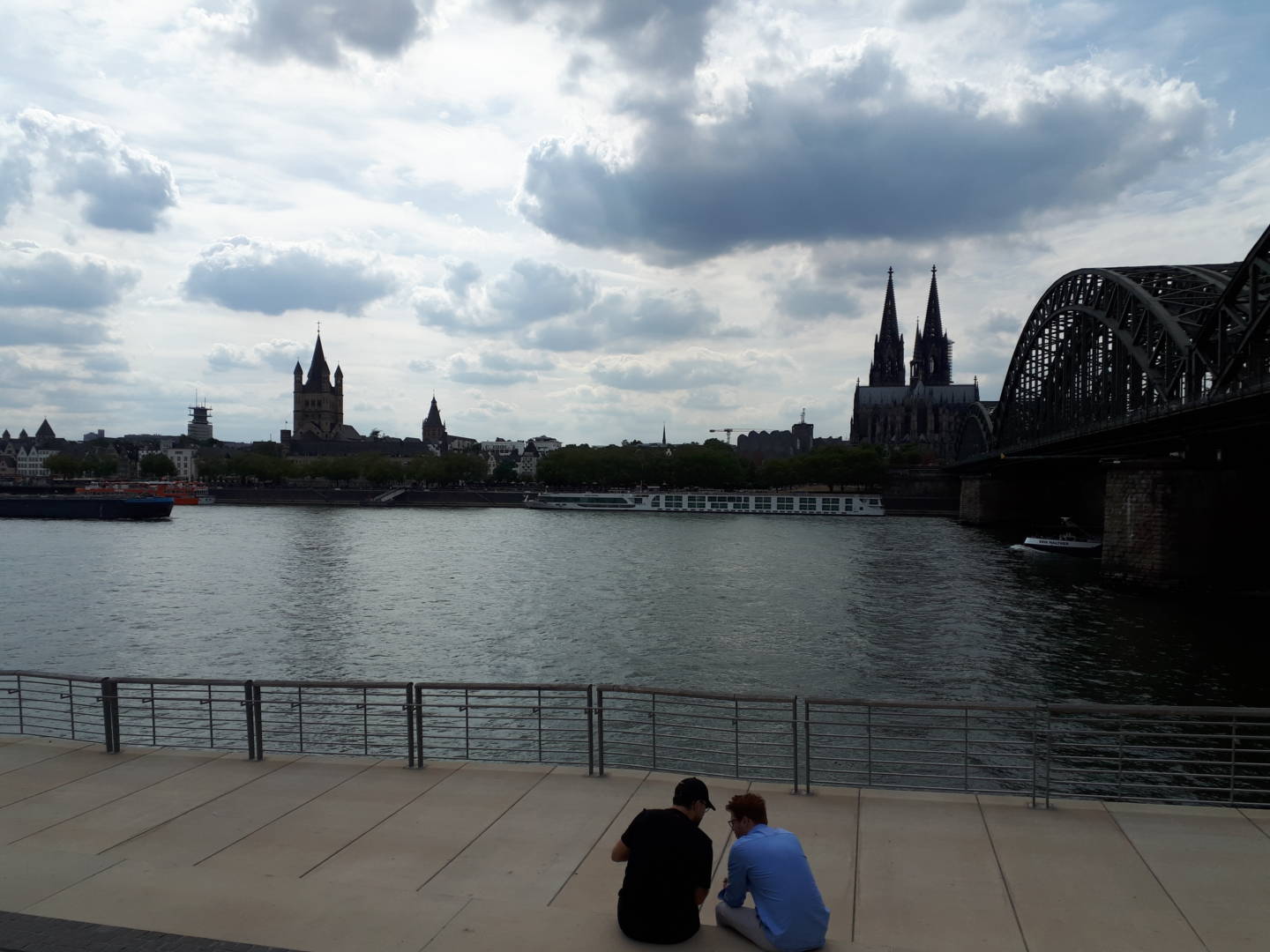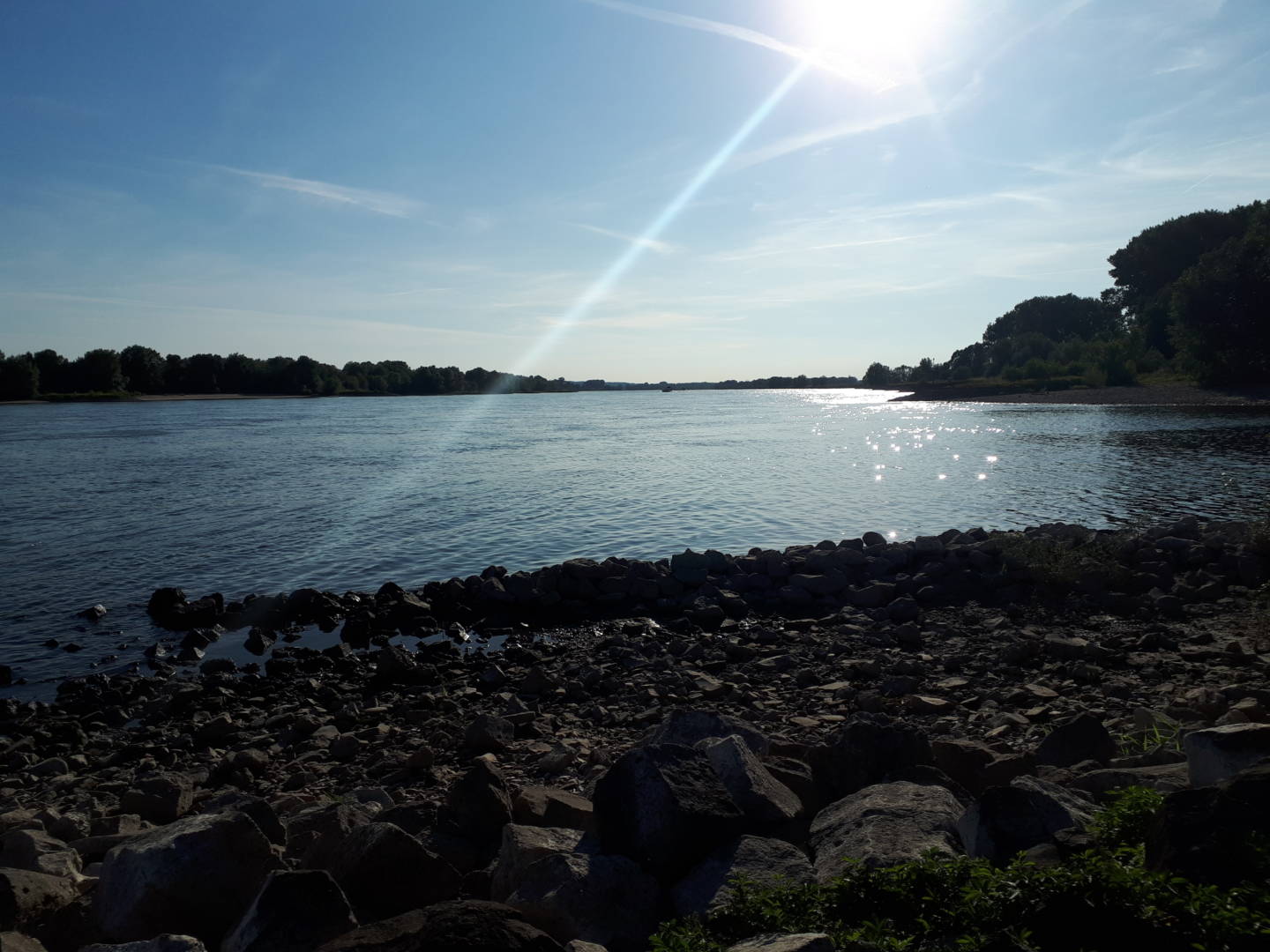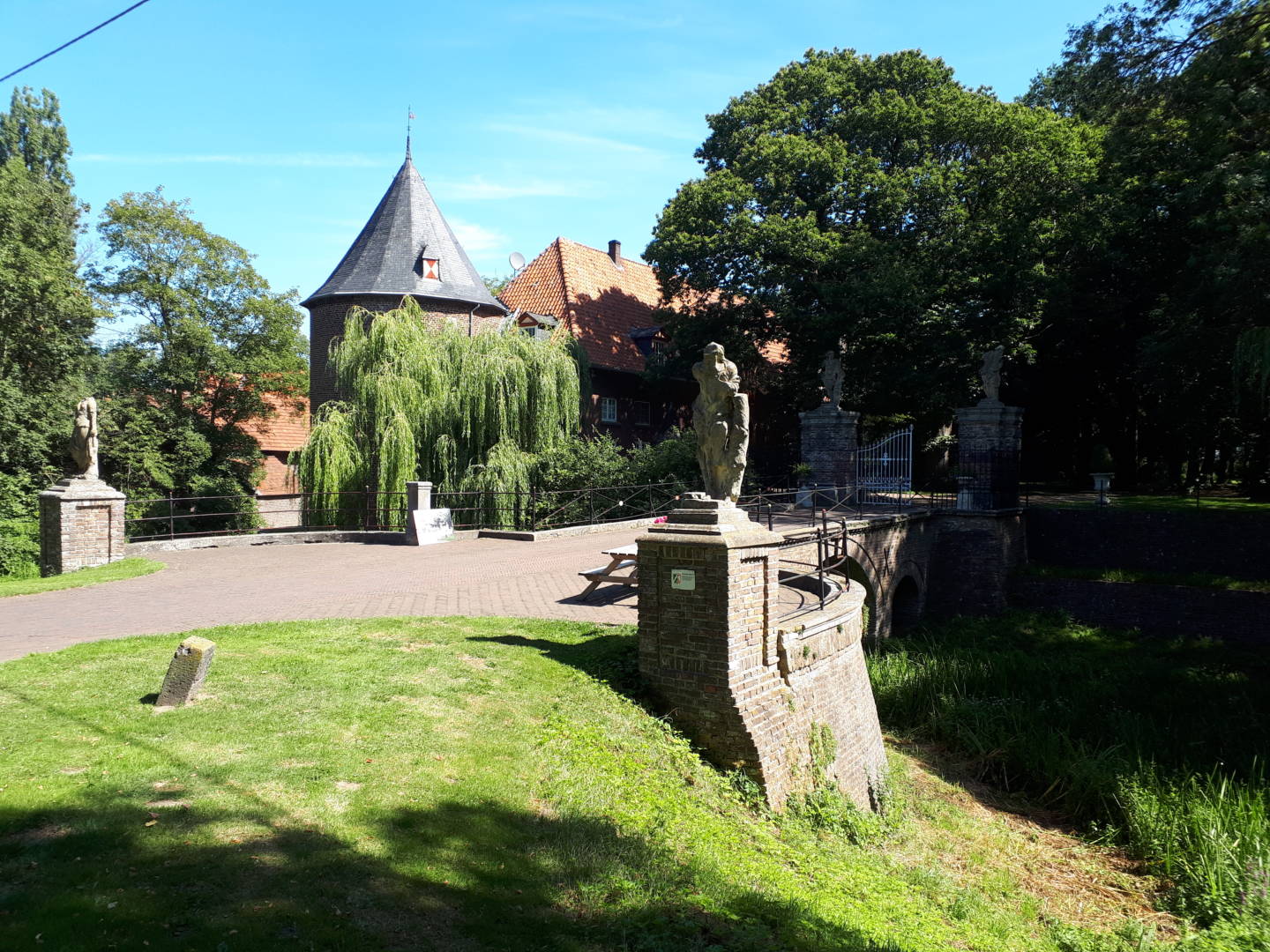Ernst's Insider Tips: All this time, the river flows – the Rhine in NRW
The Rhine water just needs two weeks to travel from the source in Switzerland to the North Sea. But you should take more time! Watching the steady flow of the river will have a soothing effect on your mind, but only if you’re not in a rush. Consider choosing restaurants that offer a view on the Rhine and just spend time watching the river while drinking a cold alcohol-free “Hefeweizen” (wheat beer). This is recommended especially for all those who have to deal with a certain level of stress during their time spent away from EuroVelo routes.
On the about 250-km stretch through North Rhine-Westphalia (NRW), the Rhine is already mighty and used for the transport of goods or passenger shipping, but the many protected areas along the river more than compensate for the sometimes quite artificially straightened riverbed. The route is quite flat and located on the river bank most of the time. However, the direction of the wind, which can be quite strong, is unpredictable. It came mostly from northern and western directions during my trip. It can still be chilly in the morning even in July, so don’t forget some warm clothing, but the temperature rises quickly.
Insider tips:
- A nice preparation for your trip: the film “Der Rhein von oben” (The Rhine from above), a German-language movie following the river from its source to the North Sea.
- The right bank offers more food-and-drink options directly at the route than the left bank in NRW. This might be a little surprising but probably has to do with the historic development of the towns. But many cities along the Rhine offer excellent food. At sunset, it is also the right bank which often enjoys more sun than the left bank. If you have an interest in (former) industrial sites, the left bank will be more interesting for you.
- Take breaks at the many beer gardens along the route. Sitting under a huge plane tree with an excellent view on the Rhine and sipping on your beer is part of the fun to go cycling. The boats that were converted into restaurants are equally interesting.
- Don’t go swimming in the Rhine. It can be quite dangerous, especially through torrents caused by passing ships. But there are numerous spots that have beach-like river banks where you can dip your feet into the water and just watch the river flow. This can be said of the areas in the south and north of Cologne, for instance, i.e. in Rodenkirchen (“Kölsche Riviera”) or the Niehl harbour stretch.
- My favourite part was a stretch leading through a beautiful protected area north of Wesel on the right bank. It offers plenty of space for all kinds of birds like storks or playful swifts, who enjoy flying in circles around the cyclists, and other animals grazing peacefully on the wide plains, sometimes with their feet in the water.

- Don’t miss out on the two UNESCO sites along the Rhine in NRW: the Cologne cathedral, which is really close to the route, and the Brühl Palaces Augustusburg and Falkenlust in Brühl, about 5 km away from the route between Bonn and Cologne.

- There are numerous possibilities to make a boat trip on the Rhine. KD Rheinschiffahrt is probably the best-known of these companies, but there are others as well. Bike transportation is often possible. It is a lovely experience, and you can also have breakfast on the ship.

- If you like to hike a bit as well, the “Siebengebirge” close to Königswinter on the right bank provides nice and ample opportunities for that.
- There are some hidden gems, like the “Schloss Hueth” water castle directly along the route between Rees and Emmerich. The castle is an unexpected site on the shady cycle path running past its walls, making a beautiful and slightly enchanted impression.

Of course, the formerly industrial towns in the Ruhr area, such as Duisburg, have their own charm. Despite the relatively short distances between areas such as Cologne, Düsseldorf, Duisburg and the Lower Rhine region further north, dialects and atmosphere can be quite diverse. Please also read about the Rhine Cycle Route experiences of my colleagues Florence and Olek in Switzerland, France, the Netherlands and other parts of Germany.
Author(s): Ernst Fahrenkrug